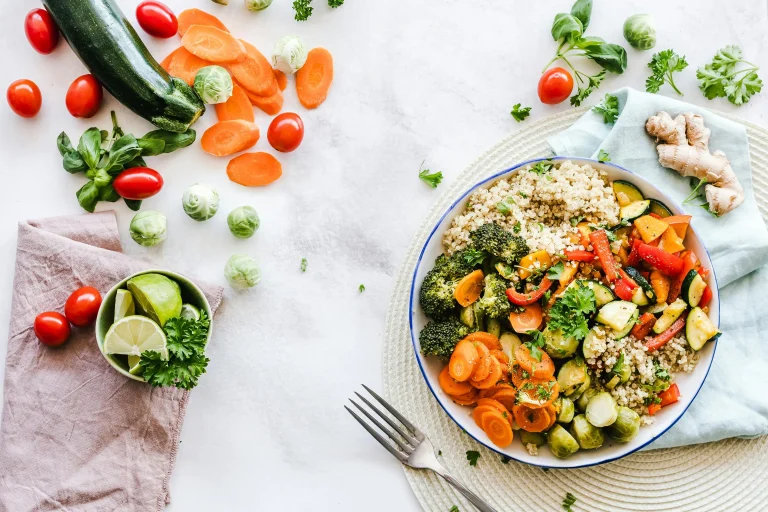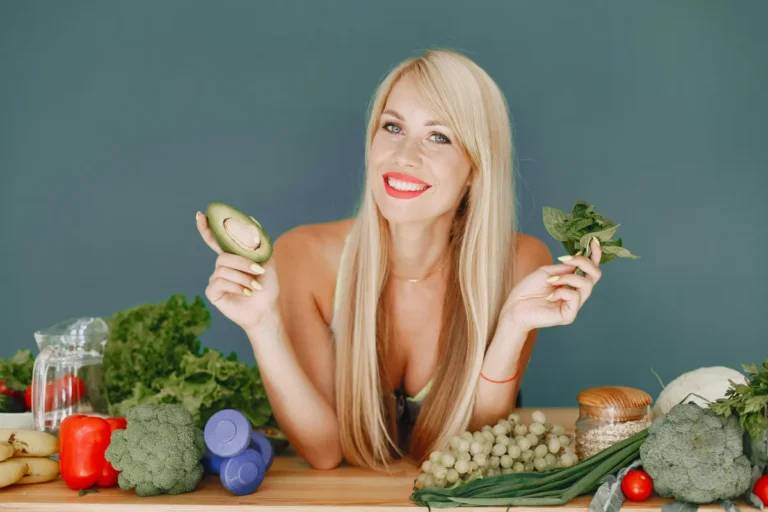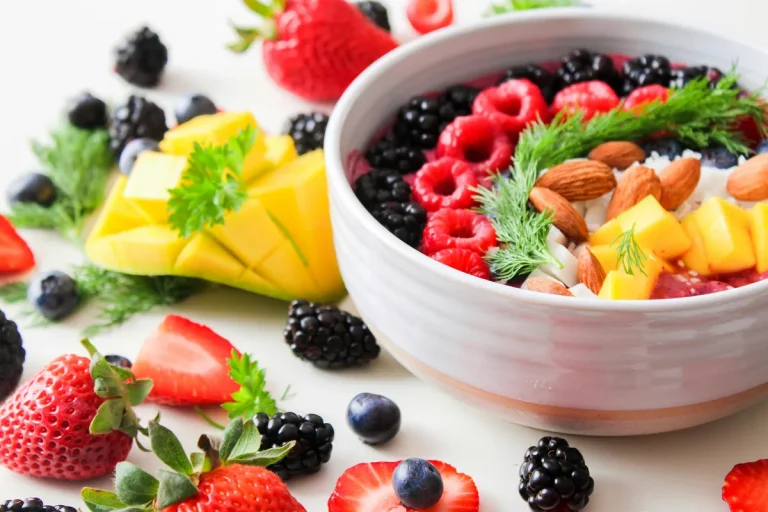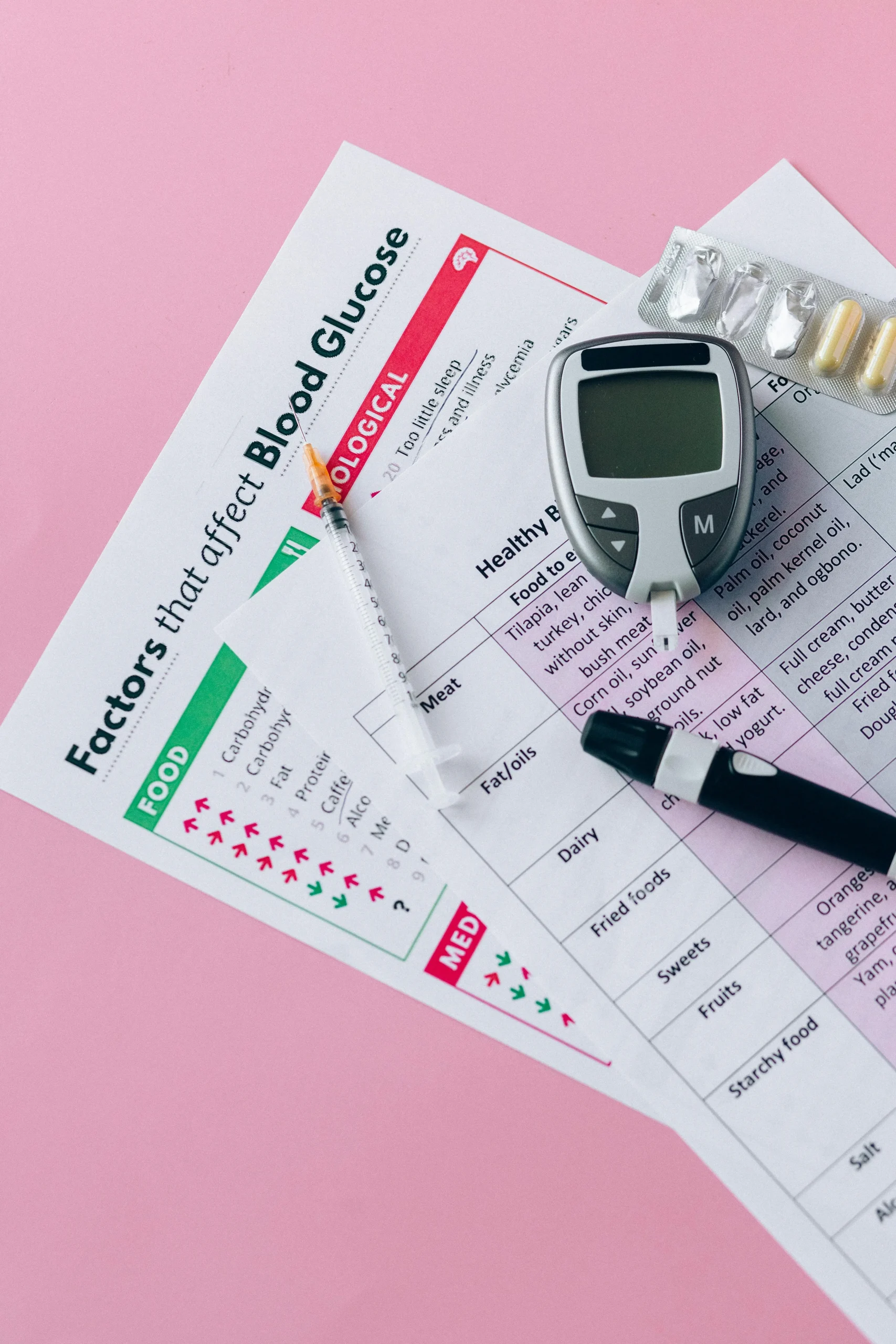Sugar isn’t just in cakes, biscuits, and fizzy drinks. It’s quietly tucked into foods that wear a “healthy” label—granola bars, yoghurts, salad dressings, even protein shakes. And while a little sweetness isn’t the enemy, hidden sugars can add up fast, often without us realising.
If you’re trying to eat well, manage energy levels, or simply make more informed choices, understanding where sugar hides—and how to spot it—is key. Here’s what to look out for.
The Usual Suspects: “Healthy” Foods That Aren’t So Innocent
Some foods seem wholesome at first glance. They’re packed with fibre, labelled “organic,” or marketed as low-fat. But flip the package over, and you’ll often find a long list of sweeteners.
Common culprits include:
- Flavoured yoghurts – even the low-fat ones can pack 10g or more of added sugar per pot.
- Granola and cereal – often sweetened with honey, syrups, or fruit juice concentrates.
- Smoothies and juices – especially bottled ones, which may contain added sugars or high-fructose fruit blends.
- Protein bars and shakes – marketed as fitness-friendly but often loaded with sweeteners to mask the taste.
- Nut butters – some brands sneak in sugar to enhance flavour and texture.
- Salad dressings and sauces – ketchup, teriyaki, and even balsamic vinaigrettes can be surprisingly sweet.
These products aren’t “bad,” but they’re worth checking—especially if you’re eating them regularly.Your Weekly Wellness Boost
How to Decode Labels Without Getting Overwhelmed
Food labels can be tricky. Sugar doesn’t always go by its name – it wears disguises. And while the nutrition panel shows total sugar, it doesn’t always separate natural sugars (like those in fruit or milk) from added ones.
Here’s what to look for:
- Added sugars – check the line that says “of which sugars are added.” Aim for less than 5g per serving.
- Ingredient list – scan for names like sucrose, glucose, fructose, maltose, dextrose, corn syrup, cane juice, agave nectar, honey, molasses, and fruit juice concentrate.
- Order matters – if sugar (or its alias) is one of the first three ingredients, it’s a major component.
- Serving size – be mindful of how much you’re actually eating. A “serving” might be half a bar or just a few spoonfuls.
Once you get the hang of it, label reading becomes second nature—and a powerful tool for making better choices.
Marketing Buzzwords That Don’t Mean Sugar-Free
Food packaging is designed to sell, not inform. And while terms like “natural,” “organic,” or “low-fat” sound reassuring, they don’t always mean the product is low in sugar.
Watch out for:
- “No refined sugar” – may still contain honey, maple syrup, or coconut sugar, which behave similarly in the body.
- “Fruit-sweetened” – often includes concentrated fruit juices, which are high in fructose.
- “Gluten-free” – doesn’t mean low sugar; many gluten-free products use starches and sweeteners to improve texture.
- “Low-fat” or “fat-free” – sugar is often added to compensate for lost flavour.
- “Organic” or “natural” – these refer to how ingredients are sourced, not how much sugar is inside.
The best way to know what you’re eating? Ignore the front of the pack and go straight to the back.
Why Hidden Sugar Matters More Than You Think
It’s not just about calories. Hidden sugars can affect your body in subtle but significant ways—especially when consumed regularly.
Here’s what excess sugar can do:
- Spike blood sugar – leading to energy crashes, irritability, and cravings.
- Contribute to weight gain – especially when sugar is added to foods that don’t satisfy hunger.
- Impact dental health – sugars feed bacteria that cause tooth decay, even in “healthy” snacks.
- Affect mood and focus – high sugar intake has been linked to mood swings and reduced concentration.
- Increase chronic disease risk – including type 2 diabetes, heart disease, and fatty liver disease.
Cutting back on hidden sugars isn’t about restriction—it’s about feeling better, thinking clearer, and supporting long-term health.
Smarter Swaps That Still Taste Good
You don’t have to give up sweetness entirely. It’s about choosing foods that nourish and satisfy without the sugar overload.
Try these swaps:
- Plain yoghurt + fresh fruit instead of flavoured yoghurt
- Homemade granola with oats, nuts, and cinnamon instead of store-bought cereal
- Whole fruit smoothies with no added juice or syrups
- Unsweetened nut butters with natural oils and no additives
- Vinegar-based dressings with herbs and olive oil instead of creamy or sweetened options
- Dark chocolate (70%+) instead of milk chocolate or candy bars
When shopping, look for short ingredient lists, minimal processing, and clear labelling. And when in doubt, go for whole foods—they rarely come with hidden surprises.






